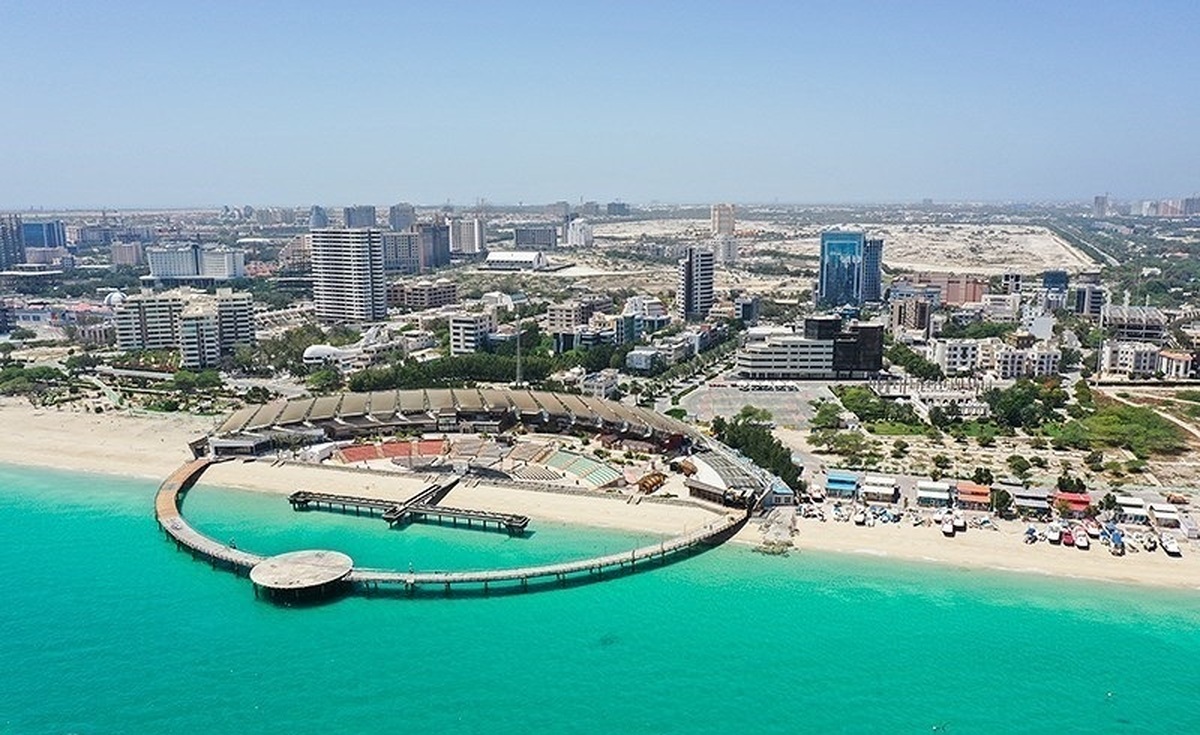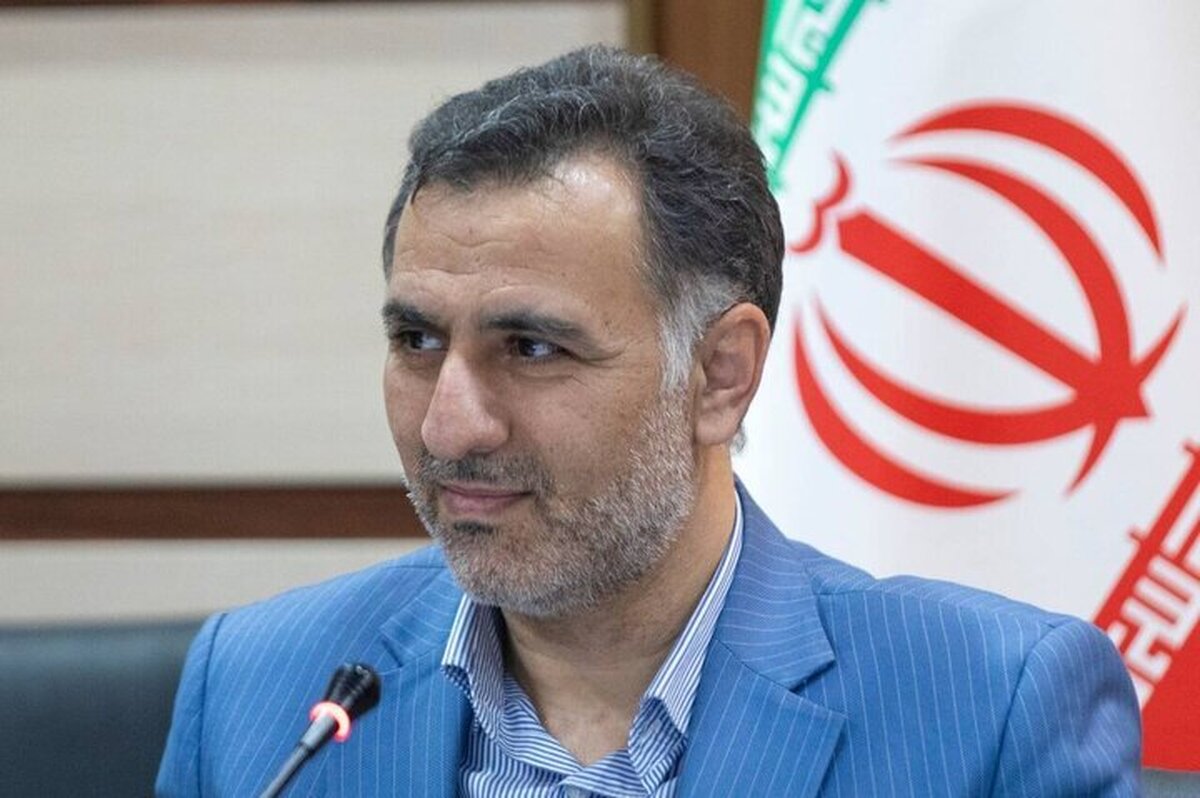
Pilot Gasoline Project Launched in Qeshm, Kish
EghtesadOnline: A pilot scheme has been launched on the islands of Kish and Qeshm in the Persian Gulf for selling gasoline, whereby it will be allocated to people whether they have a car or not, a member of Majlis Energy Commission said.
“As per the new plan, each resident of the two islands with a national code will receive 30 liters of gasoline per month at a rate of 8 cents per liter, regardless of the fact that they own a car or not,” Fereydoun Abbasi-Davani was also quoted as saying by ILNA.
The lawmaker noted that the government has no intention to raise gasoline prices and if the pilot project yields positive results, it will be carried out nationwide.
“Those who do not have cars are allowed to sell their quotas to whoever they like at 60 cents per liter and this way they can earn money,” he said.
“The plan is aimed at curbing consumption, fighting fuel smuggling and promoting justice.”
As of 2019, private car owners have been receiving a quota of 60 liters of subsidized gasoline for each car every month with a fuel card at the rate of 15,000 rials (8 cents) per liter. Additional purchases (maximum 250 liters per month) cost 30,000 rials (15 cents) per liter.
Abbasi-Davani said the scheme currently underway nationwide is not fair because households with three or more cars benefit substantially as they get subsidized fuel, while families who have no cars are deprived of this subsidy.
Fuel quotas (60 liters per car per month) were first introduced in 1981 one year after the start of the 1980-88 Iraq-Iran war and again in 2007. In six months, consumption fell by 25 million liters. Eight years later, in May 2015, the government announced gasoline would be sold at a single price of 10,000 rials without any restrictions and the fuel cards seemingly became a thing of the past.
Inflationary Effects
According to Hamid Hosseini, the secretary-general of Iran-Iraq Chamber of Commerce, the pilot plan is expected to have its own inflationary effects although it might help some families financially.
“Iranians are used to buying gasoline at a fixed price all over the country, but this plan will cause the fuel to be sold at different rates in different regions, cheaper in less deprived areas and more expensive in mega cities like Tehran,” he said.
“However, people in the transportation sector will be under pressure as they might have to purchase extra fuel at exorbitant prices, which in turn will result in heavy inflation in the key sector.”
Energy experts, including Hosseini, say there are better ways of sellng the fuel at higher prices, one of which is to sell gasoline at 15 cents per liter up to 75 million liters per day and sell it more expensively if the country’s daily consumption surpasses 75 million liters.
Former chairman of Majlis Economic Commission, Mohammad Reza Pour-Ebrahimi, believes that fuel inflation will creep into inflationary expectations and have direct and indirect impacts on people’s living costs.
“Inflationary expectations are more destructive than inflation itself. The government has so far only floated the idea of increasing gas and diesel prices, and we are already witnessing price hikes for some goods and services,” he added.
Inflation expectation is the rate of inflation that workers, businesses and investors think will prevail in the future, which will factor into their decision-making.
Global Average
Per capita gasoline consumption in Iran, with a population of 84 million, is above the global average.
Based on data from the Oil Ministry and the National Iranian Oil Company, daily consumption of gasoline in Iran has surpassed 85 million liters, i.e., 10 times more than Turkey with almost the same population.
Drawing a parallel between Iran and more populated countries like China, the NIOC data revealed that close to 450 million liters of gasoline are burnt in China daily while its population is over 1.5 billion, meaning gasoline consumption in Iran is three times greater than that of China.
The National Iranian Oil Refining and Distribution Company, a subsidiary of NIOC, started to export the fuel to international markets, namely Iraq, Afghanistan, the Persian Gulf littoral states and the semi-autonomous region of Iraqi Kurdistan in 2019.
Nonetheless, experts have warned that if the consumption growth rate continues at the same pace, the company will have to stop selling gasoline and must import it to meet the ever-growing demand in less than two years.
The more fuel is burnt domestically, the less can be sold, and not only will the NIOC lose its market share, but it will also deprive Iran of a part of its foreign revenues.
Iranians used 73 million liters of gasoline per day in 2015, which rose by 8% to 80 ml/d in 2016.
Consumption continued upwards in 2017, when the figure amounted to 88 ml/d and NIORDC statistics show that in 2018, the level exceeded 95 ml/d or 1.18 liters per capita.
The figure reached 105 ml/d in 2019, but it fell remarkably in 2020 due to the Covid-19 restrictions imposed to help fight the pandemic. However, now that limitations have been removed, demand is returning to the levels it reached before the coronavirus outbreak.
NIORDC has predicted gasoline consumption to exceed 130 ml/d by 2024, in which case 10 million liters of fuel have to be imported, as the company’s maximum production level is 120 ml/d.



